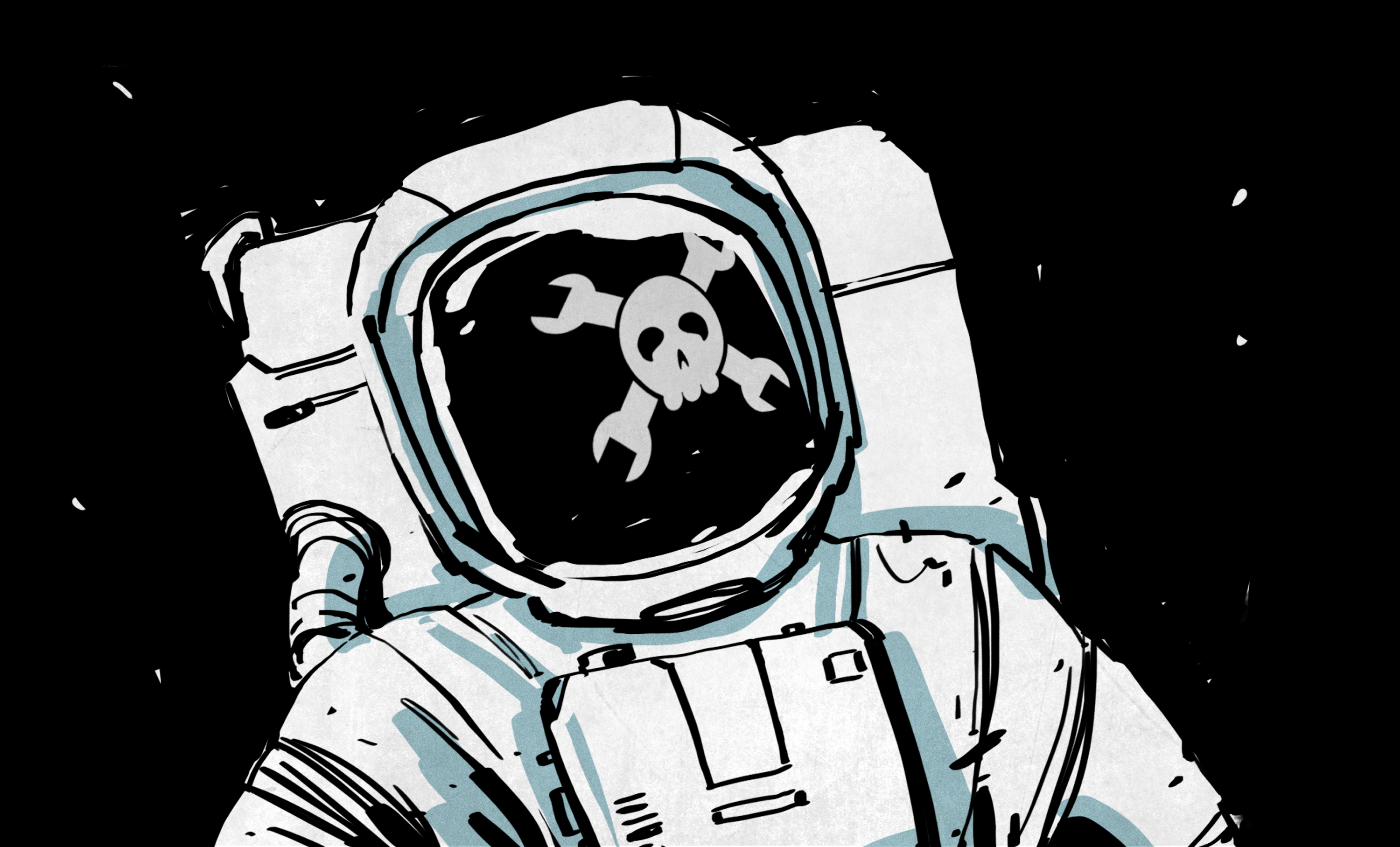Spacing Out: Telescopes, Politics, and Spacecraft Design - 3 minutes read

Let’s launch into a round-up of stories that are out of this world, as we take a look at what’s happening in the realm of space exploration.
Perhaps the most highly anticipated space mission of the moment is the James Webb Space Telescope, an infra-red telescope that will be placed in an orbit around the Earth-Sun L2 Lagrange point from which it will serve as the successor to the now long-in-the-tooth Hubble telescope. After many years of development the craft has been assembled and shipped to French Guiana for a scheduled Ariane 5 launch on the 22nd of December. We can only imagine what must have gone through the minds of the engineers and technicians working on the telescope when an unplanned release of a clamp band securing it to the launch vehicle adapter sent a vibration throughout the craft. Given the fragility of some of its components this could have jeopardised the mission, however after inspection it was found that no damage had occurred and that space-watchers and astronomers alike can breathe easy.
In private space news, you may remember Astra from their launch at the end of August which hovered dramatically sideways due to a fault before ascending, and which was terminated by launch control due to insufficient remaining fuel to enter orbit. There’s some good news from that quarter, as their next launch succeeded in reaching orbit carrying a test payload for the United States Space Force.
Meanwhile politics have swirled around the ISS like a cloud of orbital junk, as the risk of space debris blamed on a Russian anti-satellite weapon test caused the postponement of a spacewalk, with the Russians countering that the junk was in fact parts from a 1994 American launch. As a backdrop there’s the ongoing saga of the hole discovered in a Russian module back in 2018, with the Russians now threatening legal action against the NASA astronaut Serena Aunon-Chancellor who they suspect to have drilled the hole herself. Who knew that low earth orbit could contain so much intrigue!
If fraught orbital politics leaves you hot under the collar, maybe you need to read something that’s more normal fare for Hackaday. NASA have published the 2021 update to their State-of-the-Art Small Spacecraft Technology report. It’s a long document, but forms a fascinating read whether you’re designing spacecraft or simply have an interest in the field. Think of it as an accessibly-written textbook that goes into significant detail on all aspects of small spacecraft design, and settles down to be enthused about cubesats and their relatives.
On the subject of spacecraft design, we’re guessing many of you have a keen eye for space history and the design of rockets past. It’s possible that you’ll have seen more about American craft than their Russian competitors, but here to plug that gap is a comprehensive guide to the genesis of Soviet rocket engines. It covers everything from the first flights of the 1950s to the never-flown N1 Moon rocket, the Buran shuttle, and even the Russian engines used today to power the American Atlas V.
The big news to look out for over the coming weeks will be the 22nd of December’s James Webb Space Telescope launch, and then the nail-biting moments as the craft unfolds itself and extends its sun shield. It’ll take about a month to reach its orbit, but thereafter there will be about six months of instrument set-up and calibration before we will see whatever stunning discoveries it’ll make. We know they’ll be spectacular, so let’s hope the mission goes as planned.
Source: Hackaday
Powered by NewsAPI.org